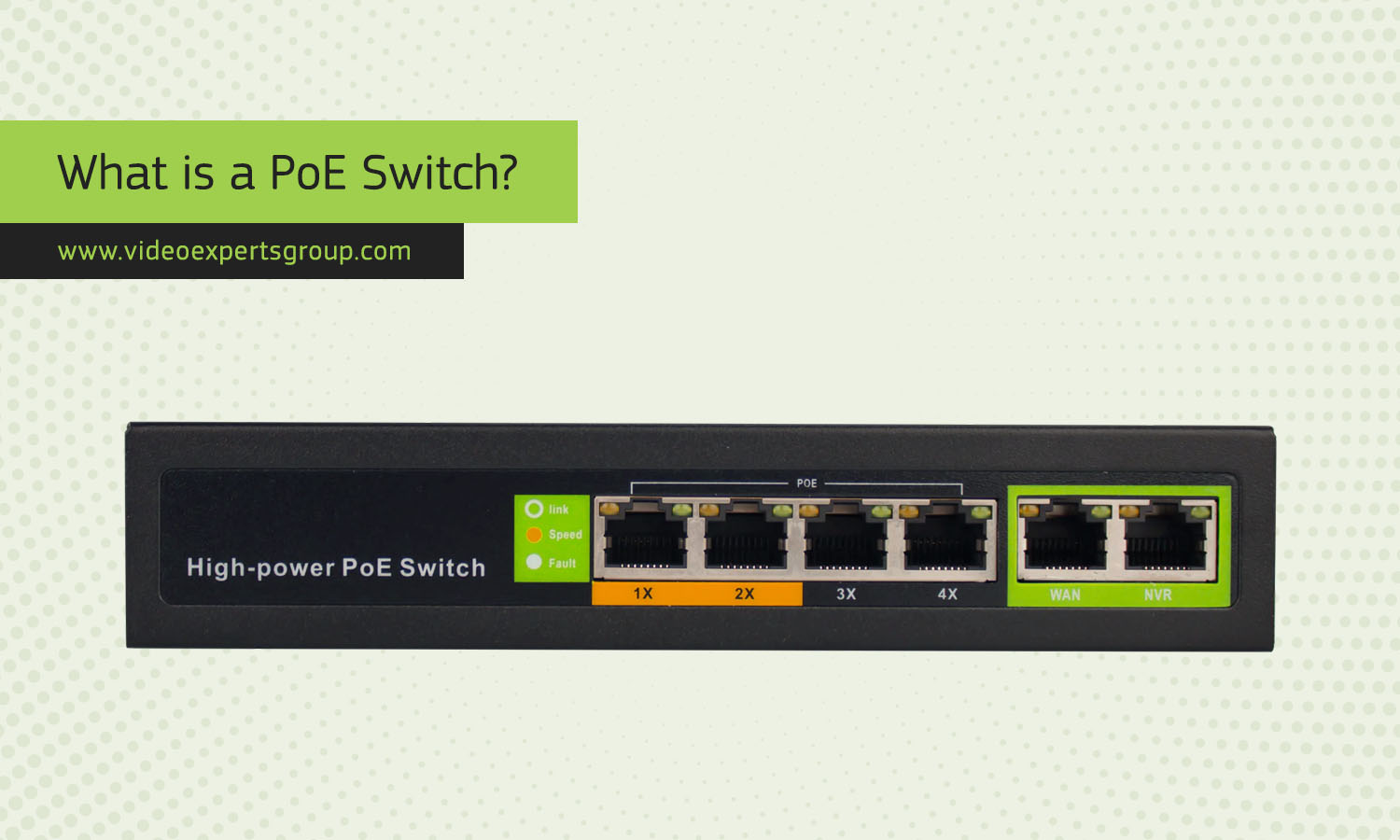PoE switches are becoming increasingly popular for their ability to simplify installations and provide power to devices over an Ethernet connection. But what exactly is a PoE switch and how does it differ from a regular network switch? Let’s delve into the basics to understand this technology better.
Meaning
A PoE switch, short for Power over Ethernet switch, is a networking device that combines the functionality of a traditional Ethernet switch with the capability to supply power to connected devices, such as wireless access points, IP cameras, VoIP phones, and other IoT (Internet of Things) devices. This eliminates the need for separate power sources, simplifying installation and reducing clutter.
What is a PoE Switch Used for
PoE switches are widely used in various applications where it’s impractical or inconvenient to have separate power sources for network devices. Some common uses include:
- Wireless Access Points (WAPs): PoE switches power WAPs, allowing them to be installed in locations without easy access to power outlets, such as ceilings or outdoor areas.
- IP Cameras: PoE switches provide power to IP cameras, making it easier to install surveillance systems without the need for additional electrical wiring.
- VoIP Phones: Many VoIP (Voice over Internet Protocol) phones support PoE, enabling them to receive power and data over a single Ethernet cable, simplifying setup and reducing cable clutter on desks.
- IoT Devices: Various IoT devices, such as sensors and actuators, can be powered using PoE switches, facilitating the deployment of smart building automation systems and other IoT applications.
How Does It Work
The operation of a PoE switch relies on a standard called IEEE 802.3af or IEEE 802.3at, which defines the technical specifications for delivering power over Ethernet cables. PoE switches have built-in power sourcing equipment (PSE) that can detect compatible powered devices and deliver power accordingly.
When a PoE-compatible device is connected to a PoE switch, the switch detects its power requirements and supplies the appropriate voltage and current over the Ethernet cable. This eliminates the need for separate power adapters and simplifies installation, especially in locations where electrical outlets are scarce.
PoE Switch vs Network Switch
While both PoE switches and traditional network switches perform the same basic function of connecting multiple devices in a network, they differ in their ability to supply power to connected devices.
- Power Capability: The primary difference is that PoE switches can provide power to compatible devices, whereas traditional network switches do not have this capability.
- Installation Flexibility: PoE switches offer greater flexibility in device placement since they don't rely on proximity to power outlets. This makes them particularly useful in scenarios where devices need to be installed in hard-to-reach locations.
- Cost and Complexity: PoE switches may be slightly more expensive than their non-PoE counterparts due to the additional hardware required for power delivery. However, the savings in installation time and materials often outweigh the upfront cost.
A PoE switch is a versatile networking device that combines the functionality of a traditional Ethernet switch with the ability to provide power to connected devices. By simplifying installations and reducing cable clutter, PoE switches are increasingly becoming the preferred choice for powering a wide range of networked devices.
Read also:
















